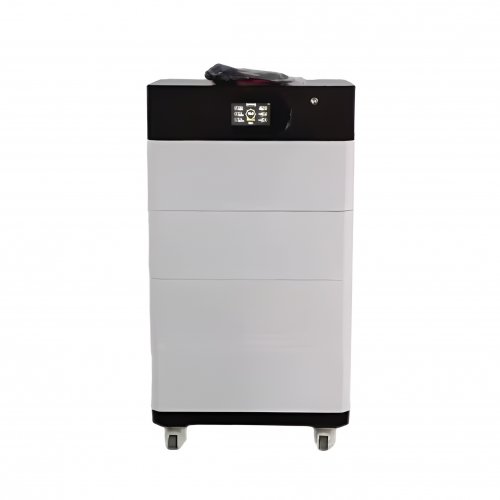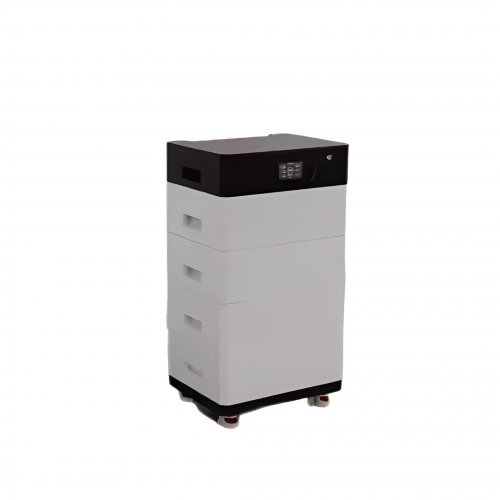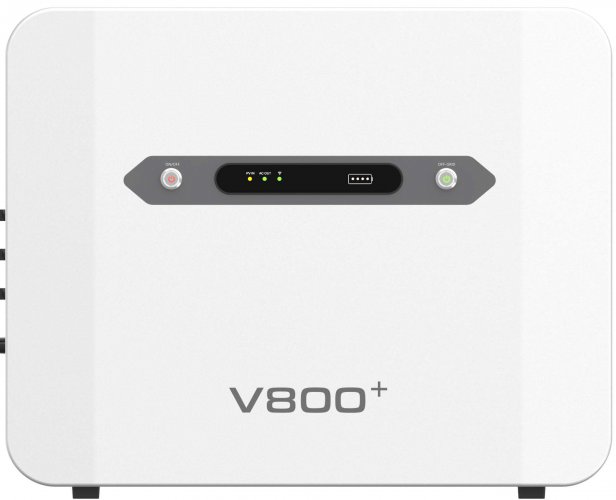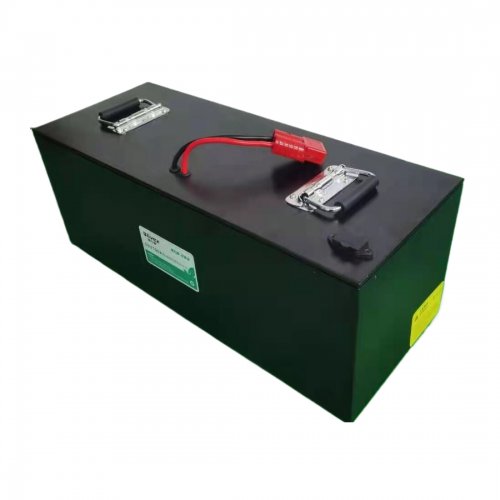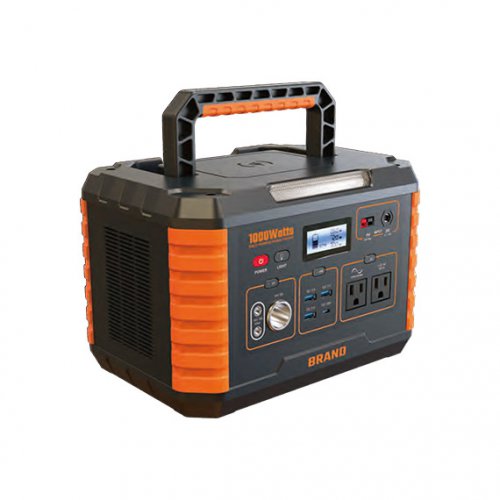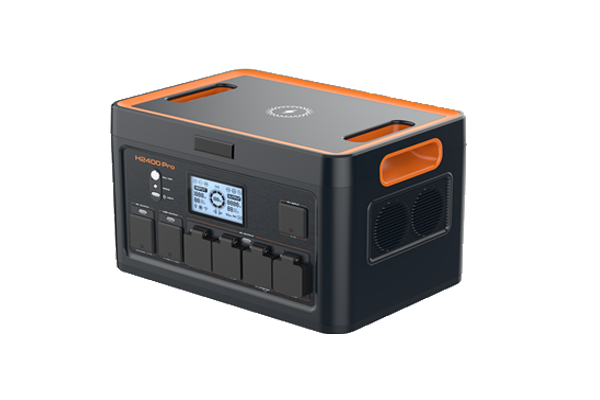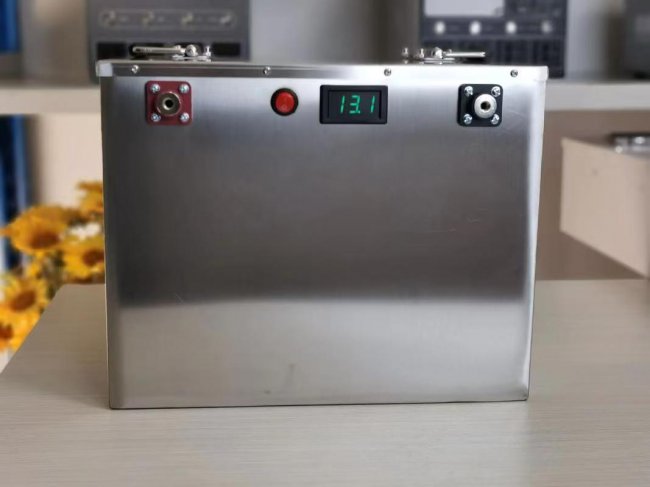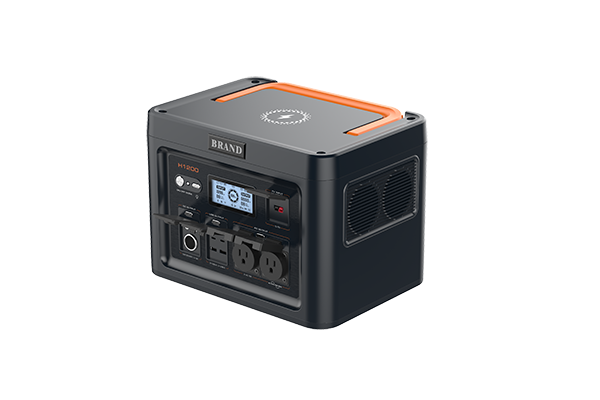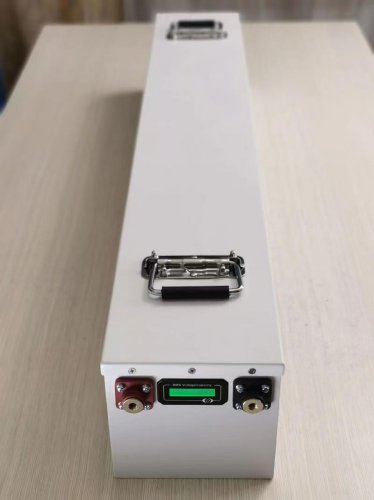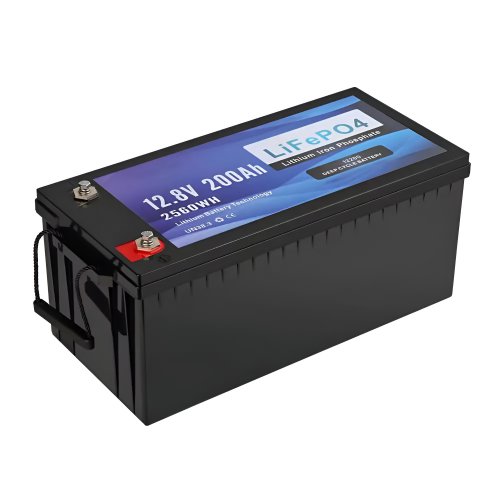How To Use State Of Charge: A Comprehensive Guide To Monitoring And Managing Your Batterys Health
The term "State of Charge" (SoC) is a fundamental metric for anyone who uses battery-powered devices, from smartphones and laptops to electric vehicles (EVs) and home energy storage systems. Simply put, SoC is the equivalent of a fuel gauge for a battery; it indicates the percentage of remaining energy capacity relative to its fully charged state. Understanding and correctly utilizing SoC is not just about knowing how much runtime you have left—it's about maximizing battery longevity, ensuring safety, and optimizing performance. This guide will provide you with detailed steps, practical tips, and crucial precautions for effectively using State of Charge in your daily life.
Understanding the Basics: What You're Really Measuring
Before diving into usage, it's vital to grasp what SoC represents. It is a percentage, where 0% is considered fully discharged and 100% is fully charged. However, modern battery management systems (BMS) often hide the true extremes to prevent damage. For instance, a displayed 100% might correspond to about 90-95% of the battery's absolute physical capacity, a buffer to reduce stress on the cells.
Step-by-Step Guide to Using State of Charge
Step 1: Locate and Interpret the SoC Display The first step is to find where your device displays its State of Charge.EVs & E-Bikes: The SoC is typically shown prominently on the main dashboard or digital display as a large percentage or a segmented bar graph.Laptops & Smartphones: Look for the battery icon in your taskbar or status bar. Often, you can click or tap it to see the exact percentage.Solar Banks & Power Stations: These usually have an LCD screen or LED indicators showing the SoC percentage.
Interpretation is straightforward: a higher percentage means more available energy. However, be aware that the relationship between SoC and remaining usage time is not always linear, as power consumption can vary dramatically based on your activity (e.g., highway driving vs. city cruising in an EV).
Step 2: Integrate SoC into Your Daily Charging Routine Your charging habits, guided by SoC, directly impact battery health.The 20-80% Rule: For lithium-ion batteries (the most common type today), the sweet spot for longevity is keeping the SoC between 20% and 80%. Avoid regularly charging to 100% and discharging to 0%. The stress on the battery is highest at the extreme ends of its capacity.Practical Charging: Instead of charging overnight to 100%, plug in your device when it drops to 20-30% and unplug it once it reaches 80-90%. Many modern EVs and smartphones allow you to set a charging limit to automate this process.
Step 3: Use SoC for Trip Planning (Especially for EVs) For electric vehicle owners, SoC is a critical tool for navigation.Pre-Trip Check: Before a long journey, check your SoC and the estimated range. Use your vehicle's navigation system or a third-party app to plan your route, including charging stops.Buffer Management: Always aim to arrive at a charging station with a SoC buffer of at least 10-20%. This accounts for unexpected detours, weather conditions (cold weather drastically reduces range), or charger unavailability. Do not push your SoC to critically low levels (e.g., below 5%) during a trip.
Step 4: Monitor SoC for Long-Term Health Assessment Over time, observing your SoC can give you insights into battery degradation.Calibration: Occasionally, your device's SoC reading can become inaccurate. To recalibrate it, perform a full cycle: discharge the battery to a low level (e.g., 10%) and then charge it uninterrupted to 100%. This helps the BMS recalibrate its measurements. Do this only once every few months.Noting Degradation: If you notice that your device reaches a low SoC much faster than before while doing the same tasks, it is a sign that the battery's total capacity is degrading.
Practical Tips and Best Practices
1. Avoid Extreme Temperatures: High temperatures accelerate chemical reactions inside the battery, leading to faster degradation, while low temperatures temporarily reduce capacity. Try to store and use your devices in moderate temperatures. For example, avoid leaving your EV at 100% SoC in direct, hot sunlight for extended periods.
2. Understand the Difference Between SoC and State of Health (SoH): SoC tells you the current charge level. State of Health (SoH) is a separate metric, often expressed as a percentage, that indicates the battery's overall condition and remaining capacity compared to when it was new. A device with a 90% SoH can only charge to 90% of its original maximum capacity.
3. Use "Trip" or "Destination" SoC in EVs: Many EVs allow you to enter a destination into the GPS and will then show you the predicted SoC upon arrival. Trust this system, as it accounts for elevation changes and speed limits.
4. For Stationary Storage, Implement a Depth of Discharge (DoD) Limit: If you have a home battery system, using a Depth of Discharge limit is the inverse of an SoC limit. A DoD of 80% means you only use 80% of the battery's capacity, leaving a 20% SoC buffer. This significantly extends the system's operational life.
Important Precautions and What to AvoidDo Not Ignore Low SoC Warnings: When your device gives a low battery warning (e.g., 15-20%), take it seriously. Allowing a lithium-ion battery to sit at a very low SoC (especially 0%) for prolonged periods can cause irreversible damage and potentially render it unsafe.Avoid Frequent Fast Charging to High SoC: While convenient, DC fast charging (for EVs) or rapid charging (for phones) generates more heat and stress. Using it to charge from a low SoC to 80% is generally fine, but repeatedly using it to go from 80% to 100% can accelerate battery wear.Do Not Equate SoC with Instant Power: A high SoC does not always mean maximum power is available. In cold conditions, a battery's ability to deliver high power is reduced, even if the SoC reading is high.Be Cautious with SoC Displays on Simple Devices: Devices with simple LED battery indicators (e.g., 3 or 4 lights) provide a crude SoC estimate. Do not rely on them for precise energy management.
In conclusion, State of Charge is a powerful and essential tool. By moving beyond simply looking at a percentage and instead using it to inform your charging habits, trip planning, and long-term maintenance, you can unlock significantly better performance and a longer, healthier life for all your valuable battery-powered investments. Treat your battery with care, and it will reliably power your life for years to come.
Customized/OEM/ODM Service
HomSolar Supports Lifepo4 battery pack customization/OEM/ODM service, welcome to contact us and tell us your needs.


HomSolar: Your One-stop LiFePO4 Battery Pack & ESS Solution Manufacturer
Our line of LiFePO4 (LFP) batteries offer a solution to demanding applications that require a lighter weight, longer life, and higher capacity battery. Features include advanced battery management systems (BMS), Bluetooth® communication and active intelligent monitoring.

Customised Lithium Iron Phosphate Battery Casing
ABS plastic housing, aluminium housing, stainless steel housing and iron housing are available, and can also be designed and customised according to your needs.

HomSolar Smart BMS
Intelligent Battery Management System for HomSolar Energy Storage System. Bluetooth, temperature sensor, LCD display, CAN interface, UART interface also available.


Terminals & Plugs Can Be Customized
A wide range of terminals and plugs can be customised to suit the application needs of your battery products.

Well-designed Solutions for Energy Storage Systems
We will design the perfect energy storage system solution according to your needs, so that you can easily solve the specific industry applications of battery products.



About Our Battery Cells
Our energy storage system products use brand new grade A LiFePO4 cells with a battery lifespan of more than 4,000 charge/discharge cycles.



Applications in Different Industries
We supply customized & OEM battery pack, assemble cells with wiring, fuse and plastic cover, all the cell wires connected to PCB plug or built BMS.
Applications: E-bike, Electric Scooter, Golf Carts, RV, Electric Wheelchair, Electric Tools, Robot Cleaner, Robot Sweeper, Solar Energy Storage System, Emergency Light, Solar Power Light, Medical Equipment, UPS Backup Power Supply.
We can provide you with customized services. We have the ability to provide a vertical supply chain, from single cells to pack/module and to a complete power solution with BMS, etc.


HomSolar (Shenzhen) Technology Co., Ltd








